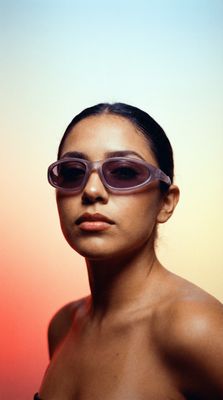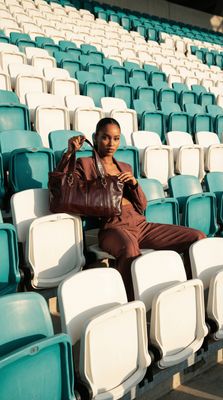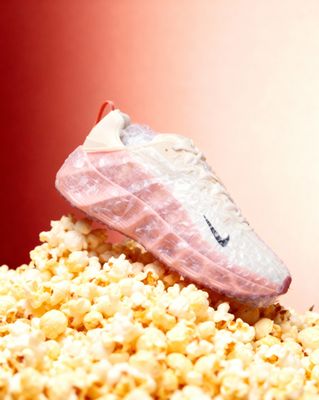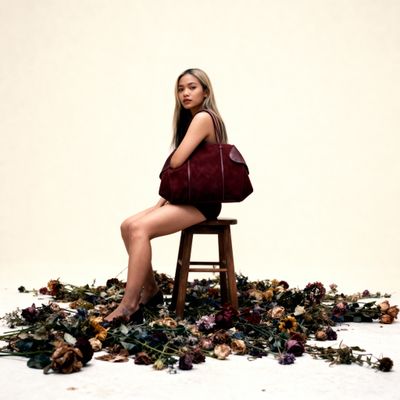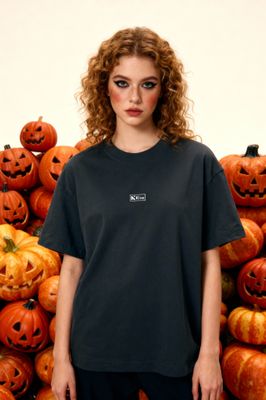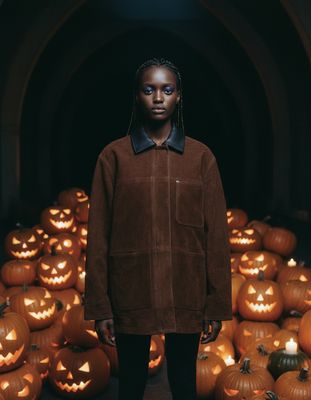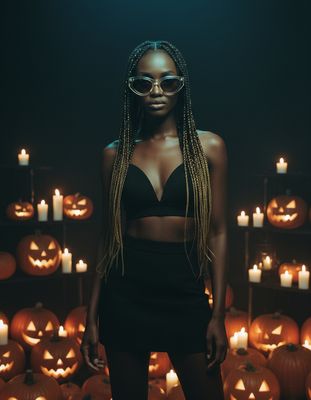Everything about the color Beige
The meaning of the color beige and color combinations to inspire your next creation.
Browse images in the color beige
What color is beige?
Beige is a soft, neutral shade that sits between white and light brown on the color spectrum. It often evokes a sense of calm and simplicity.
What are similar colors to beige?
For variations within the same soft and neutral spectrum as beige, consider:
- Ivory (#FFFFF0) shares beige's light, neutral tone but with a slightly more yellow undertone, offering a warm, subtle elegance.
- Cream (#FFFDD0) is similar to beige with its warm, off-white hue, providing a gentle, cozy feel.
- Taupe (#483C32) is a darker, more muted version of beige, adding depth and a sophisticated touch.
- Sand (#C2B280) closely resembles beige with its earthy, natural tone, evoking the calmness of a beach setting.
- Ecru (#C2B280) is very similar to beige, offering a slightly darker, more textured appearance.
What color goes with beige?
To complement beige's neutral tones, consider pairing it with:
- Sage (#BCB88A) adds a refreshing, green-tinged balance that enhances beige's earthy qualities.
- Lavender (#E6E6FA) provides a soft, pastel contrast that adds a touch of elegance.
- Peach (#FFE5B4) matches with beige's warm, sunny tone and offers a gentle contrast.
- Mint (#98FF98) offers a crisp, cool contrast that looks good with the softness of beige.
- Coral (#FF7F50) adds a vibrant, warm pop that complements beige's subtlety.
What color conflicts with beige?
To avoid clashing with beige's neutral tones, consider avoiding:
- Bright Red (#FF0000) can overpower the subtlety of beige.
- Neon Green (#39FF14) may create a jarring contrast with beige's softness.
- Electric Blue (#7DF9FF) could overwhelm the calmness of beige.
- Vibrant Purple (#800080) might clash with beige's neutral palette.
- Hot Pink (#FF69B4) risks overshadowing the understated elegance of beige.
What does the color beige represent?
Beige often represents simplicity, calmness, and neutrality. It is a color associated with minimalism and understated elegance. Psychologically, beige can evoke feelings of warmth and comfort, providing a sense of stability and relaxation. In art and design, beige is frequently used as a background color to highlight other elements, offering a versatile and unobtrusive canvas. In photography and film, beige can create a natural, timeless aesthetic, enhancing the subject's prominence without distraction.
What's the history of beige?
The term "beige" originates from the French word for the natural color of wool that has not been bleached or dyed. It first appeared in the English language in the late 19th century, becoming popular in fashion and interior design for its understated elegance. In modern times, beige is widely used in various design fields for its versatility and ability to blend seamlessly with other colors.
Color Variations
Shades
Tints
Hues
Color Palettes
Monochromatic
Complementary
Analogous
Triadic
Tetradic
Images with beige color
Color Conversions
#F5F5DCrgb(245, 245, 220)rgb(96%, 96%, 86%)0, 0, 10, 4hsl(60, 56%, 91%)60, 10, 96#F5F5DC96, -4, 1283, 90, 8196, 13, 10911110101, 11110101, 11011100Color(red: 0.9607843137254902, green: 0.9607843137254902, blue: 0.8627450980392157)UIColor(red: 0.9607843137254902, green: 0.9607843137254902, blue: 0.8627450980392157, alpha: 1.0)Color(0xFFF5F5DC)